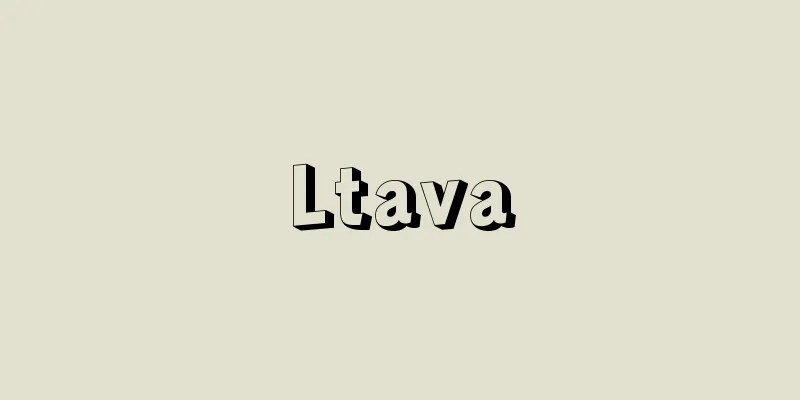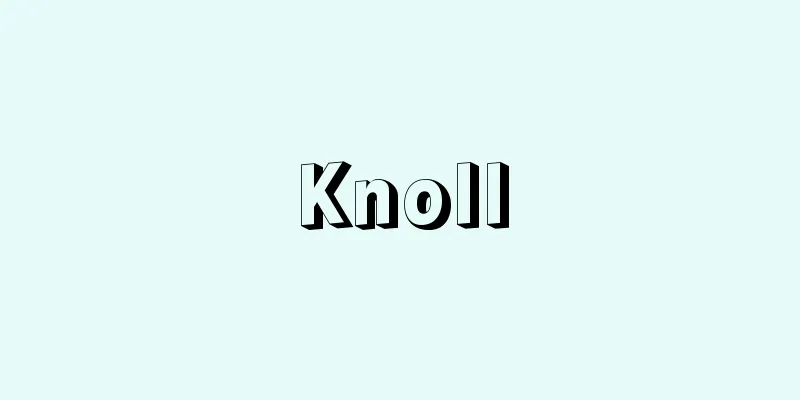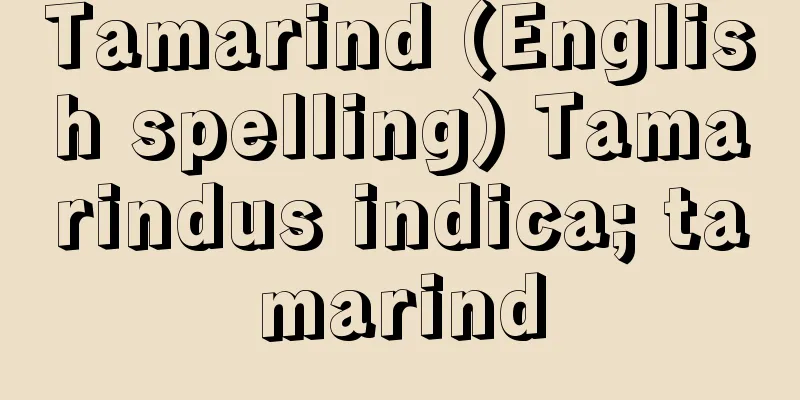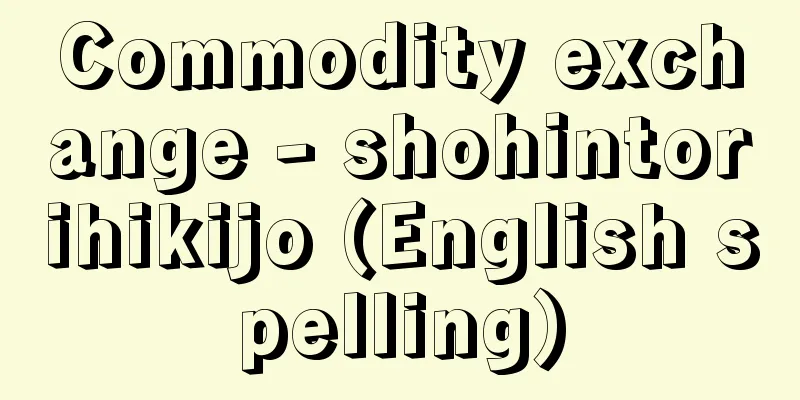Iron coins - Tessen

|
〘 noun 〙 A coin made of iron. In Japan, it began with the 1-mon "Kan'ei Tsūhō" coin, minted in Edo in 1739 ( Genbun 4 ). Until then, only copper coins were used, but after that, iron coins were also minted in large numbers. Iron 4-mon coins were minted and issued from 1860 ( Man'en 1 ). They were discontinued with the promulgation of the Currency Act in 1897 ( Meiji 30 ). *From the sharebon Suisai Mushuu (1779), "Because at the time of Noh performances, at least one iron coin was used." Source: The Selected Edition of the Japanese Language Dictionary About the Selected Edition of the Japanese Language Dictionary Information |
|
〘名〙 鉄を素材とする銭貨。わが国では元文四年(一七三九)江戸で鋳造した「寛永通宝」の一文銭にはじまる。それまでは銅銭だけであったが、以後銅銭のほかに鉄銭が多く鋳造されるに至った。なお鉄の四文銭は万延元年(一八六〇)から鋳造発行された。明治三〇年(一八九七)貨幣法の公布で通用を停止された。※洒落本・酔姿夢中(1779)「仕合の能ときは鉄銭の一本ぐらいはやりし故」
出典 精選版 日本国語大辞典精選版 日本国語大辞典について 情報 |
>>: Tetsunishi [town] - Tetsunishi
Recommend
Earl
… [Europe] The nobility of ancient Rome did not h...
Mississippi Valley-type deposits
A low-temperature hydrothermal metasomatic deposit...
Tomoe-mon
It is a pattern modeled after the protective gear ...
Karlskrona (English spelling)
Located in the eastern corner of southern Sweden, ...
Corvette
A type of warship, a surface combat vessel smalle...
Elegance - Miyabi
〘Noun〙 (adjective-verb) (the noun derived from the...
The Righteous Alliance
A secret society formed in the mid-1830s by German...
Giant tortoise (Elephant turtle) - Giant tortoise (English spelling)
A turtle of the Testudinidae family, the largest l...
Offer Gold Mine - Offer Gold Mine
…A city in Moscow Oblast, western European Russia...
Uramurasaki - Uramurasaki
…In its native habitat, it grows as a shrub. Its ...
The Legend of Emperor Mu
It is said to be the oldest historical novel in C...
Morocopercnurus sachalinensis (English spelling) Morocopercnurussachalinensis
…[Morizumi Nakamura]. … *Some of the terminology ...
Reikokuji Temple
A temple in Nanjing , Jiangsu Province, China. ◇Or...
Han Jian (Chinese Classics)
Documents and records from the Han Dynasty in Chin...
MIS (Market Research)
...Marketing research as a management tool for in...









